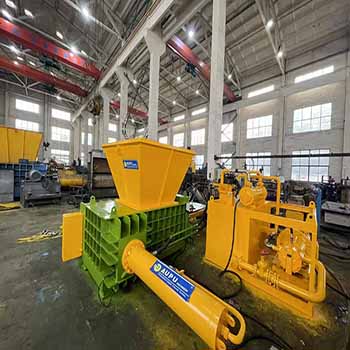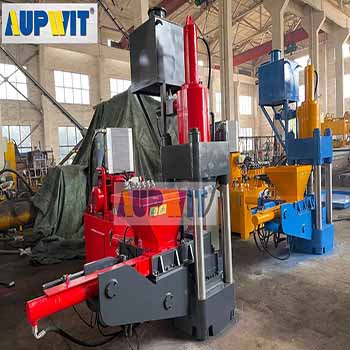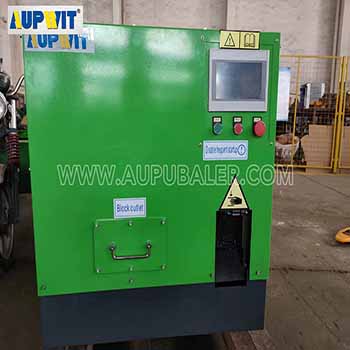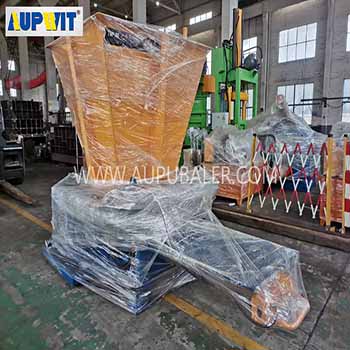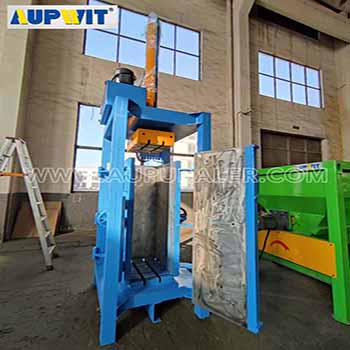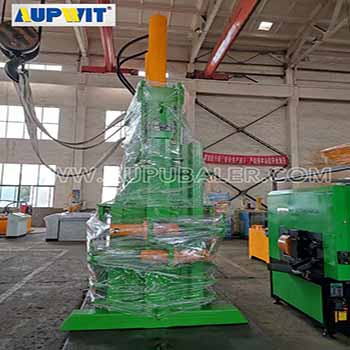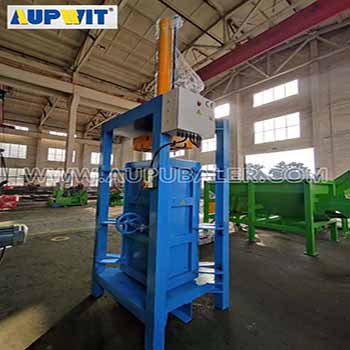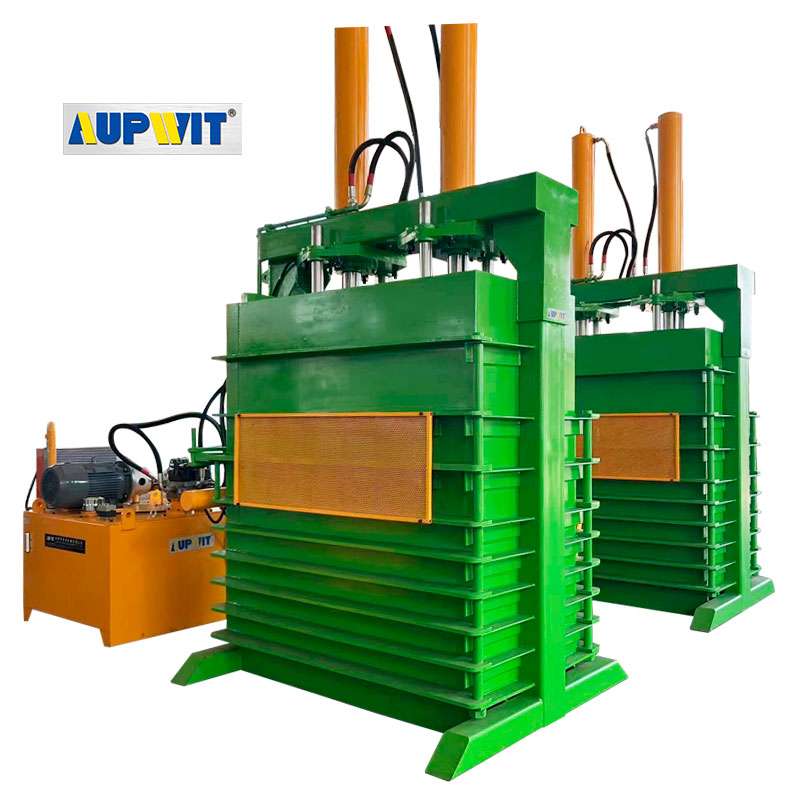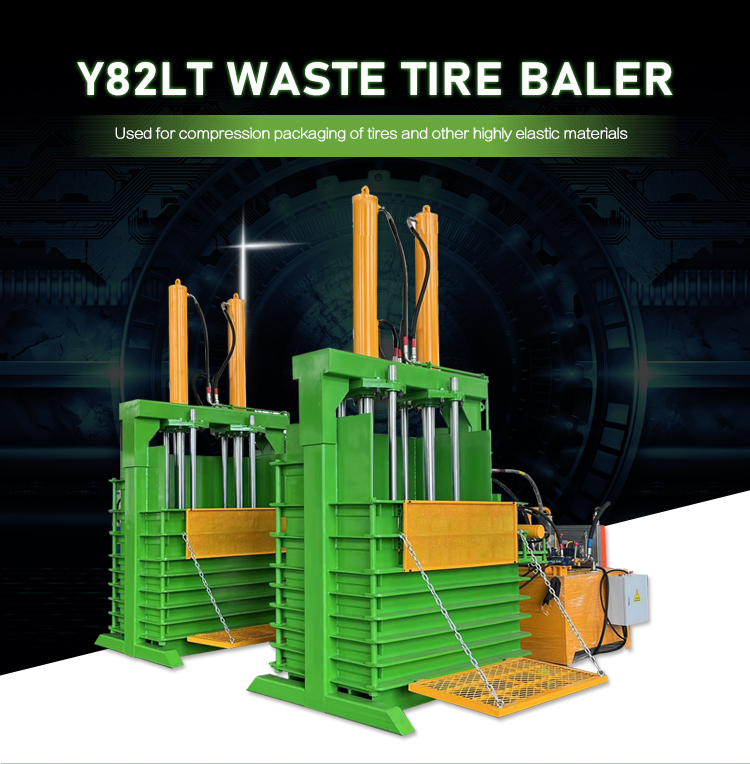-
![What safety gear is essential when using a portable shearing machine]() Aug 16, 25 What safety gear is essential when using a portable shearing machine
Aug 16, 25 What safety gear is essential when using a portable shearing machineWearing impact-resistant safety glasses is critical to shield eyes from flying metal shavings, debris, and dust generated during cutting...
read more > -
![How to fix a portable shearing machine that won’t start]() Aug 16, 25 How to fix a portable shearing machine that won’t start
Aug 16, 25 How to fix a portable shearing machine that won’t startStart by ensuring the machine has a stable power source. For corded models, confirm the plug is fully inserted into a working outlet....
read more > -
![How to clean a portable shearing machine after cutting metal]() Aug 16, 25 How to clean a portable shearing machine after cutting metal
Aug 16, 25 How to clean a portable shearing machine after cutting metalEnsure the machine is powered off and disconnected from any power source before starting...
read more > -
![How to store a portable shearing machine to prevent rust]() Aug 16, 25 How to store a portable shearing machine to prevent rust
Aug 16, 25 How to store a portable shearing machine to prevent rustStart by removing all debris from the machine after use...
read more > -
![How to choose the right power of a portable shearing machine]() Aug 16, 25 How to choose the right power of a portable shearing machine
Aug 16, 25 How to choose the right power of a portable shearing machineStart by assessing the materials you regularly cut. For softer materials like aluminum, copper, or thin steel sheets, a low-power model works well...
read more > -
![How to optimize the working process of a car tires baling machine]() Aug 15, 25 How to optimize the working process of a car tires baling machine
Aug 15, 25 How to optimize the working process of a car tires baling machineEstablish a consistent feeding routine to ensure smooth material flow into the baling machine. Sort tires by size and condition before feeding to prevent uneven compression or jams....
read more > -
![Is a car tires baling machine prone to material jamming]() Aug 15, 25 Is a car tires baling machine prone to material jamming
Aug 15, 25 Is a car tires baling machine prone to material jammingCar tires baling machines can be prone to material jamming under certain conditions, primarily due to improper operation or material handling....
read more > -
![How to troubleshoot if the motor of a car tires baling machine doesn't work]() Aug 15, 25 How to troubleshoot if the motor of a car tires baling machine doesn't work
Aug 15, 25 How to troubleshoot if the motor of a car tires baling machine doesn't workStart by verifying the power supply to the motor. Ensure the machine is properly plugged into a functional outlet and that the main power switch is turned on. Inspect power cords for visible damage such as fraying or cuts, which can interrupt electricity flow...
read more > -
![Can car tires of different sizes be baled together]() Aug 15, 25 Can car tires of different sizes be baled together
Aug 15, 25 Can car tires of different sizes be baled togetherCar tires of different sizes can generally be baled together, but success depends on proper handling...
read more > -
![Why is a car tires baling machine needed]() Aug 15, 25 Why is a car tires baling machine needed
Aug 15, 25 Why is a car tires baling machine neededAutomobile tires are large in volume and highly elastic....
read more >
-
no informain


